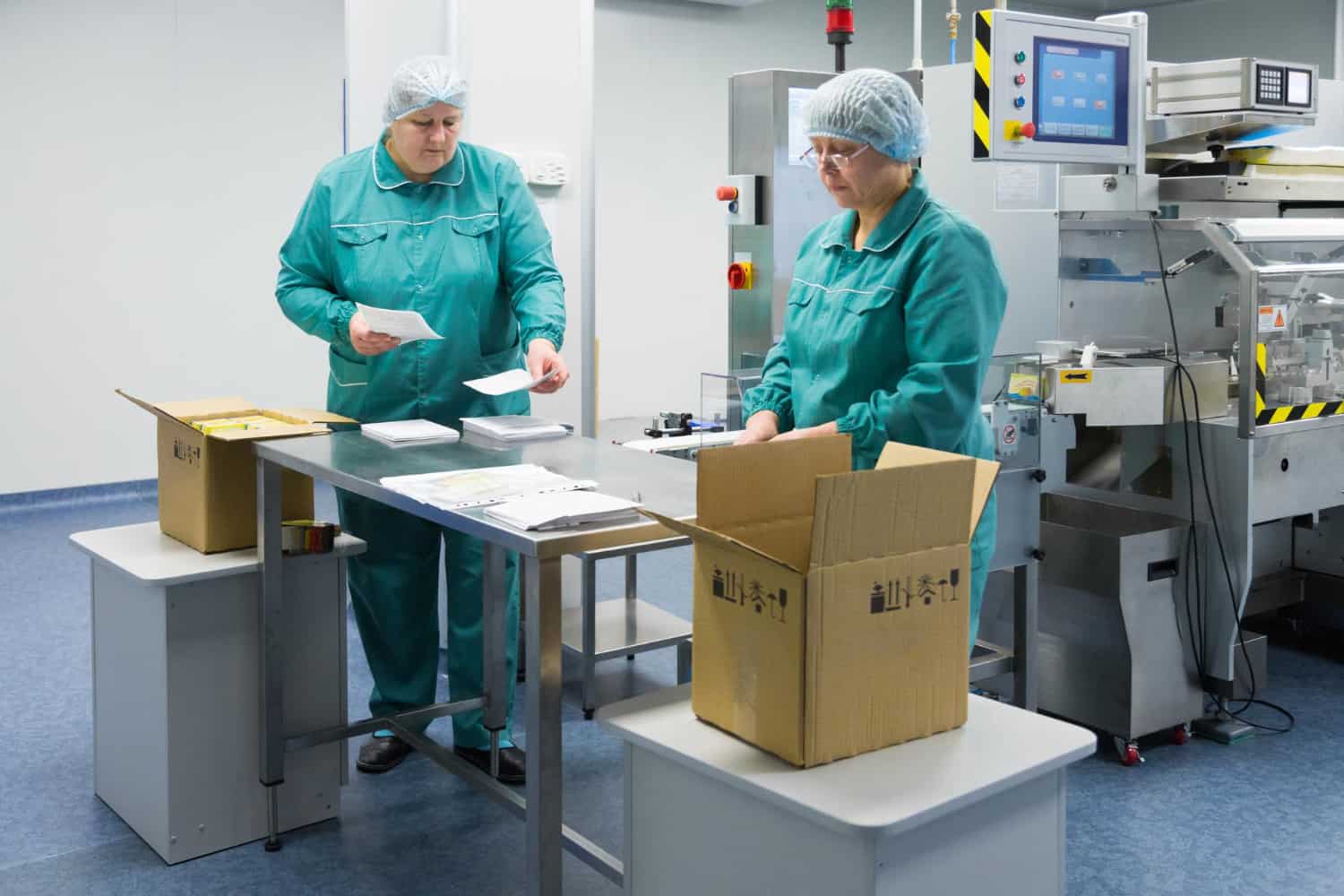- Phone: 306-970-1552
- connect@gentleprocessing.ca
- 18-301 South Industrial Dr. Prince Albert, SK S6V 7L7, Canada

In recent years, the world of commerce has seen a seismic shift towards e-commerce. This shift, accelerated by technological advancements and changing consumer preferences, has not only revolutionized the way people shop but has also left a significant impact on various industries, including food processing. In this article, we delve into the intricate relationship between e-commerce and food processing, exploring how businesses are adapting to online shopping trends and reshaping their strategies to thrive in this digital age.
E-commerce platforms have become the new battleground for businesses seeking to establish a direct connection with consumers. Marketplaces like Amazon, eBay, and Shopify have provided a virtual storefront for food processors, enabling them to reach a global customer base with ease. The sheer convenience of online shopping has made these platforms a game-changer in the food industry.
One of the advantages of e-commerce is the wealth of data it offers. Food processors can now analyze customer preferences, purchase history, and feedback in real-time. This invaluable information allows them to tailor their product offerings to meet the ever-evolving demands of consumers. For instance, if a particular region favors gluten-free products, processors can swiftly adjust their inventory to cater to this market.
Unlike traditional brick-and-mortar stores, e-commerce requires a different approach to packaging. Food processors must ensure that their products not only look appealing on the virtual shelf but also arrive at the customer's doorstep in pristine condition. This entails a careful balance between aesthetics and functionality.
In an era where environmental concerns are paramount, sustainable packaging is gaining traction. Businesses are investing in innovative packaging materials that are not only eco-friendly but also cost-effective. Utilizing materials like recyclable cardboard, biodegradable plastics, and minimalist designs not only reduce the environmental footprint but also enhance the customer experience.
In the world of e-commerce, speedy deliveries are non-negotiable. Food processors are reimagining their supply chains to meet the demands of same-day or next-day shipping. This often involves establishing strategic partnerships with logistics providers and optimizing warehouse operations for efficiency.
Cutting-edge technology, such as AI-driven demand forecasting and inventory management systems, is now the backbone of the food processing industry. These technologies enable processors to stay agile, responding to market fluctuations and customer demands in real-time.
The rise of e-commerce is not merely a trend but a transformative force that is reshaping the food processing industry. Direct-to-consumer sales, optimized packaging, and streamlined supply chains are just a few aspects of this ongoing evolution. Food processors that embrace these changes and adapt their strategies accordingly are poised to thrive in the digital age.
In a world where the digital marketplace is ever-expanding, the ability to outrank competitors is contingent on staying ahead of the curve. By understanding and harnessing the power of e-commerce, food processors can not only meet the demands of today's consumers but also secure their position as leaders in a rapidly changing industry.